Curry powder is a versatile spice blend used in cuisines worldwide to add flavor, color, and aroma to dishes. Typically made from turmeric, cumin, coriander, and other spices, it's a staple in Indian, Thai, and many other culinary traditions.
Table of Contents
- What Is Curry Powder?
- A Taste of History: The Origins of Curry Powder
- Breaking It Down: Common Ingredients in Curry Powder
- One Size Doesn’t Fit All: Different Types of Curry Powder
- From Curries to Cookies: Creative Ways to Use Curry Powder
- Buying Guide: How to Choose the Best Curry Powder for Your Kitchen
- Top Curry Powder Products Reviewed
- Frequently Asked Questions About Curry Powder
- Conclusion: Spice Up Your Life with Curry Powder
What Is Curry Powder?
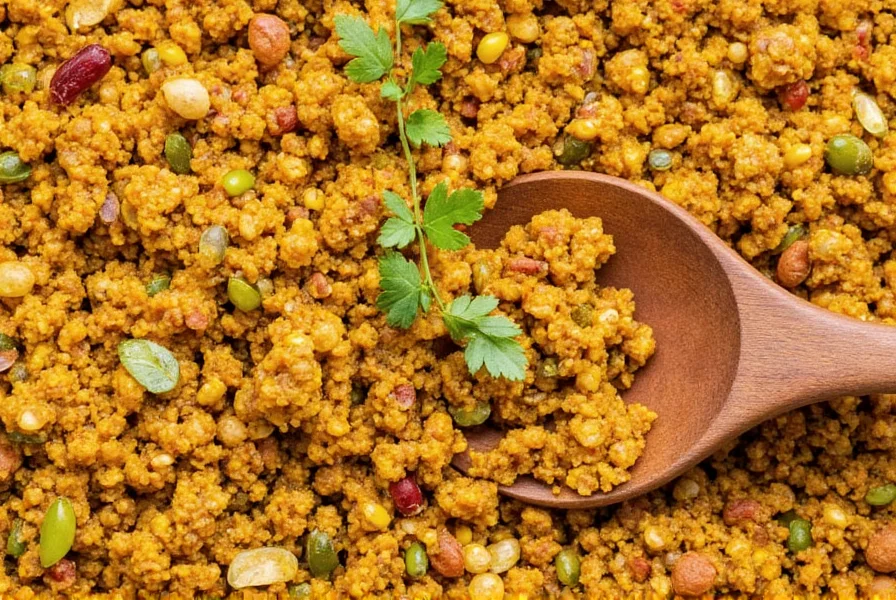
Curry powder isn't just one spice — it's a magical medley of spices that varies by region, recipe, and even family tradition. While its exact composition can differ, classic curry powder typically includes turmeric, cumin, coriander, fenugreek, ginger, and black pepper.
Though often associated with Indian cuisine, curry powder as we know it today was largely created for export markets during British colonial rule. Still, it remains a versatile seasoning that brings warmth, depth, and color to dishes from around the world.
A Taste of History: The Origins of Curry Powder
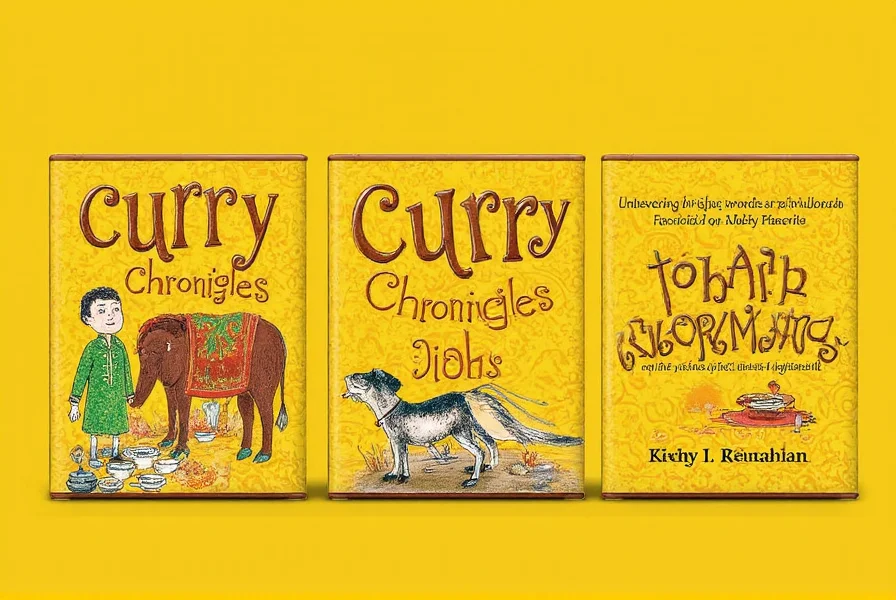
The roots of curry powder trace back to India's ancient spice traditions. Before mass-produced blends emerged, Indian cooks used freshly ground masalas (spice mixes) tailored to each dish. These blends varied widely depending on the region, season, and occasion.
It wasn't until the 18th century that British traders started packaging these mixtures for shipment back home. This marked the birth of the modern "curry powder." Over time, different countries adopted their own versions — from Thai red curry to Japanese kare — all inspired by that original South Asian flavor profile.
Breaking It Down: Common Ingredients in Curry Powder
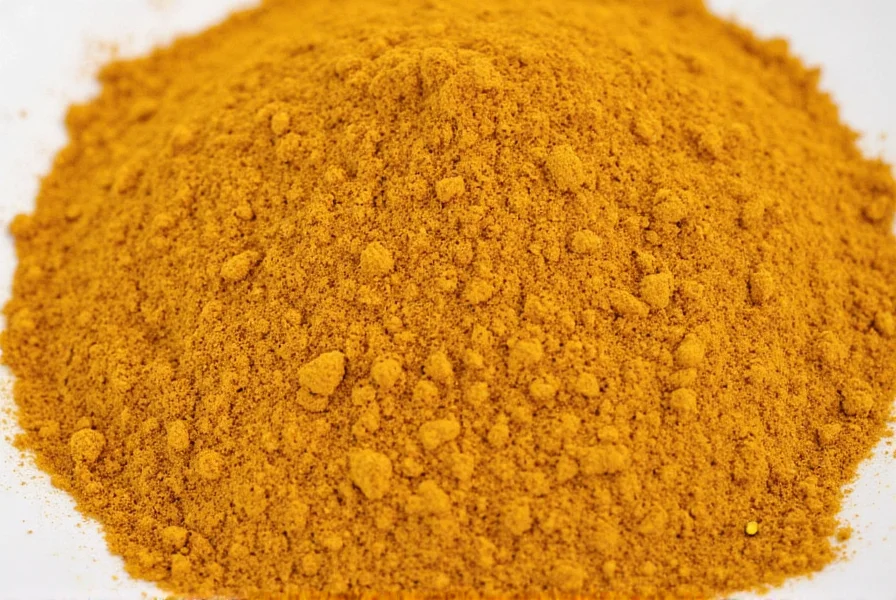
While recipes vary, most curry powders include some combination of the following:
- Turmeric – Adds vibrant yellow color and earthy flavor
- Cumin – Offers smoky warmth
- Coriander – Brings citrusy notes
- Fenugreek – Slightly sweet with a maple-like aroma
- Ginger – Adds heat and zing
- Black Pepper – Enhances pungency and absorption of curcumin (from turmeric)
- Optional Add-ins: chili powder, cinnamon, cardamom, cloves, mustard seeds
One Size Doesn't Fit All: Different Types of Curry Powder

| Type | Region | Flavor Profile | Best For |
|---|---|---|---|
| Madras Curry Powder | South India | Spicy, tangy, with higher chili content | Curries needing a kick |
| Kashmiri Curry Powder | Kashmir, India | Mild, aromatic, with saffron or fennel | Rice dishes, slow-cooked meats |
| Jamaican Curry Powder | Jamaica | Smoky, hot, with allspice influence | Caribbean jerk dishes |
| Japanese Curry Powder | Japan | Sweet, mild, caramelized notes | Kare raisu (Japanese curry rice) |
| Thai Green Curry Paste | Thailand | Herby, spicy, coconut-forward | Coconut-based curries |
From Curries to Cookies: Creative Ways to Use Curry Powder
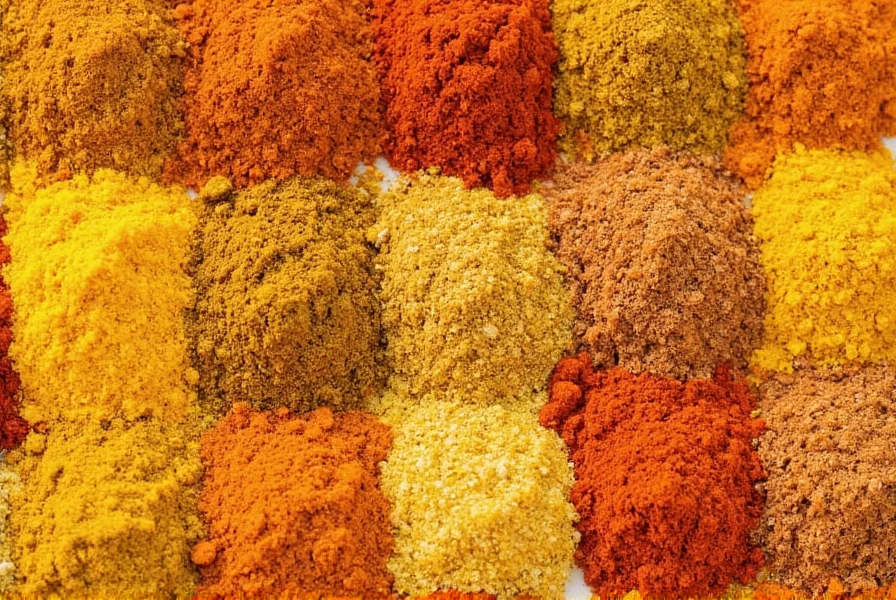
You don't need to limit curry powder to just traditional curries. Get adventurous and try these unexpected uses:
- Potato Salad: Swap mayo with Greek yogurt and add a teaspoon of curry powder for an instant gourmet twist.
- Popcorn Seasoning: Mix curry powder with melted butter and drizzle over popcorn for a spiced movie-night snack.
- Grilled Veggies: Toss zucchini, bell peppers, or eggplant in oil and curry powder before grilling.
- Baked Goods: Curry-spiced cookies or savory scones? Yes, please! Try with a hint of cinnamon and clove.
- Smoothies: A pinch of turmeric-rich curry powder adds depth to green smoothies (yes, really).
Buying Guide: How to Choose the Best Curry Powder for Your Kitchen
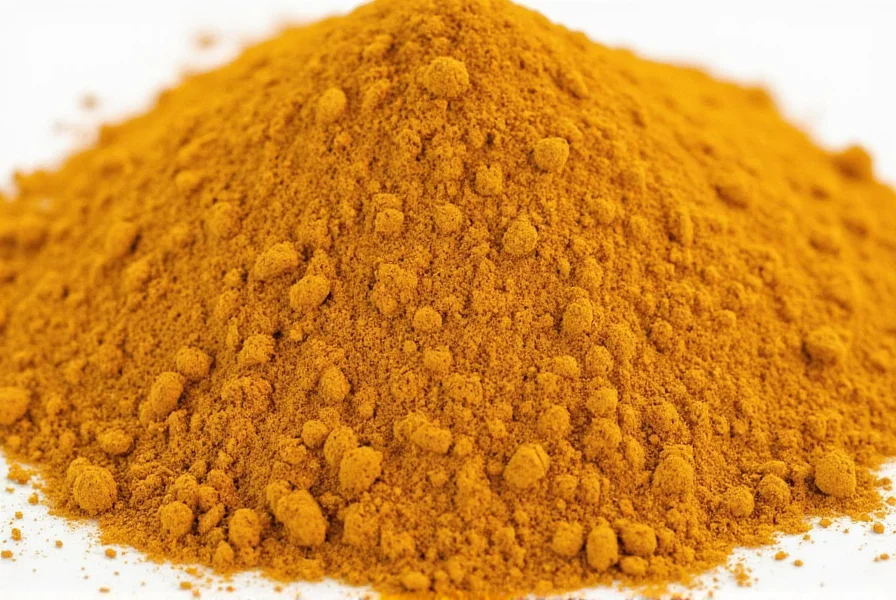
With so many brands and blends out there, how do you pick the right one? Consider these factors when shopping:
- Intended Use: Are you making a mild chicken tikka masala or a fiery vegetable stew? Match the blend to your dish.
- Heat Level: Check if the label mentions "mild," "medium," or "hot" — or look at the chili content.
- Ingredients List: Shorter is better! Avoid unnecessary additives like fillers or preservatives.
- Aroma: Fresh curry powder should smell warm and fragrant. If it smells stale or musty, it's probably old.
- Origin: Some prefer authentic Indian-made powders, while others opt for locally produced blends with regional twists.
- Organic & Ethical: Many brands now offer organic, fair-trade, or sustainably sourced options — great for conscious consumers.
Top Curry Powder Products Reviewed
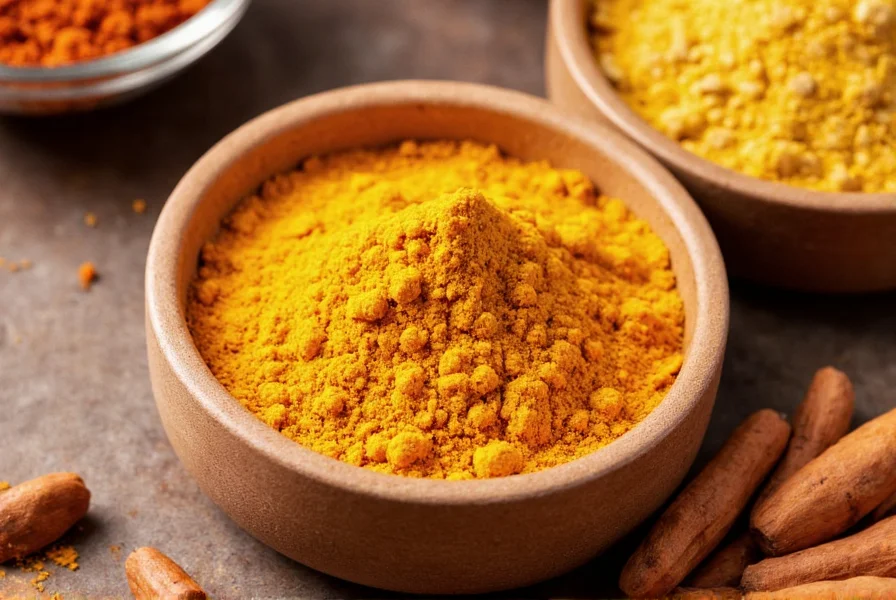
| Brand | Features | Pros | Cons | Best For |
|---|---|---|---|---|
| McCormick Curry Powder | Well-known brand, widely available | Consistent flavor, affordable | Lacks depth compared to artisan blends | Everyday cooking, beginners |
| Shan Chicken Masala Curry Powder | Pakistani-style, roasted aroma | Rich, deep flavor | High sodium content | Authentic meat curries |
| Spice Garden Organic Curry Powder | Organic, vegan-friendly | Great ethical choice, balanced taste | Less intense than others | Vegan dishes, health-conscious eaters |
| Swad Curry Powder | Indian-made, traditional blend | Perfectly balanced, aromatic | May be harder to find locally | Classic Indian dishes |
| Williams Sonoma Madras Curry Powder | Premium quality, gourmet brand | Excellent aroma, bold flavor | Expensive | Special occasion meals |
Frequently Asked Questions About Curry Powder
What is the difference between curry powder and garam masala?
While both are spice blends, curry powder typically contains turmeric (giving it a yellow color) and is designed to create a complete curry flavor. Garam masala is a warmer, sweeter blend without turmeric, usually added at the end of cooking for aroma. Curry powder is more of a Western creation, while garam masala has deeper roots in traditional Indian cooking.
How long does curry powder last?
Properly stored in an airtight container away from light and heat, curry powder maintains its best flavor for 6-12 months. After this time, it won't spoil but will gradually lose its potency and aroma. The fresher the blend, the more vibrant your dishes will be.
Can I make my own curry powder at home?
Absolutely! Making your own allows you to customize the flavor profile. A basic recipe includes 2 tbsp turmeric, 1 tbsp each of coriander and cumin, 1½ tsp ginger, 1 tsp each of fenugreek and black pepper, and optional additions like cardamom or chili. Toast whole spices first, then grind to a fine powder. Store in an airtight container.
Is curry powder spicy?
Not necessarily! The heat level varies greatly by blend. Traditional curry powder isn't inherently spicy - the heat comes from additional chilies or peppers included in some blends. Madras curry powder is spicy, while mild versions like Japanese curry powder have little to no heat. Always check the label for heat indicators.
What can I use as a substitute for curry powder?
If you're out of curry powder, combine equal parts turmeric, cumin, and coriander as a basic substitute. For more complexity, add a pinch of ginger, garlic powder, and black pepper. For a closer match, use garam masala plus turmeric (about 3 parts garam masala to 1 part turmeric).
Does curry powder contain actual curry leaves?
Surprisingly, most commercial curry powders do NOT contain curry leaves. The term "curry" in Western contexts refers to the dish or the spice blend, not the leaves. Curry leaves (from the Murraya koenigii tree) have a distinct flavor and are used separately in South Indian cooking, but aren't part of standard curry powder blends.
How should I store curry powder to keep it fresh?
Store curry powder in an airtight container away from direct sunlight, heat, and moisture. A cool, dark pantry is ideal. Avoid storing it above the stove where temperature fluctuations can degrade the spices. Properly stored, it will retain its flavor for 6-12 months. For longer storage, keep it in the freezer.
Conclusion: Spice Up Your Life with Curry Powder
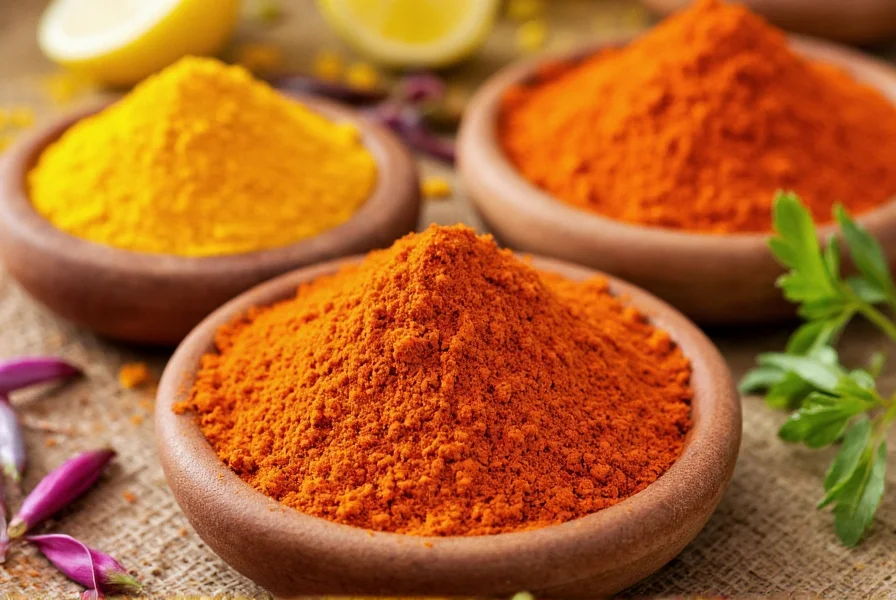
Curry powder isn't just about heat — it's a gateway to flavor, history, culture, and creativity. Whether you're simmering a creamy korma or jazzing up a grilled cheese sandwich, this humble blend can transform the ordinary into the extraordinary.
Now that you've got the inside scoop on types, uses, and top picks, it's time to explore the world of curry powder in your own kitchen. So grab a jar, dust off that pan, and let the spices fly!

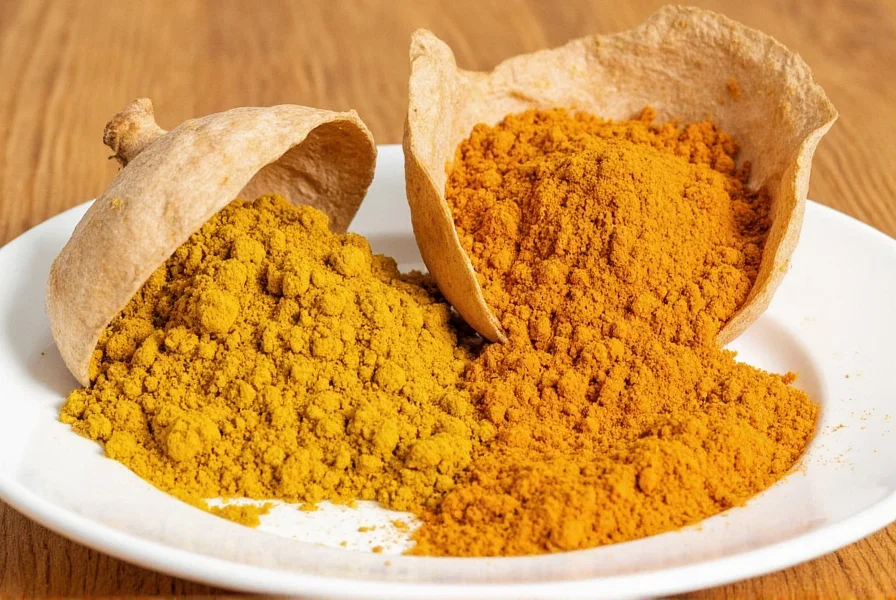









 浙公网安备
33010002000092号
浙公网安备
33010002000092号 浙B2-20120091-4
浙B2-20120091-4